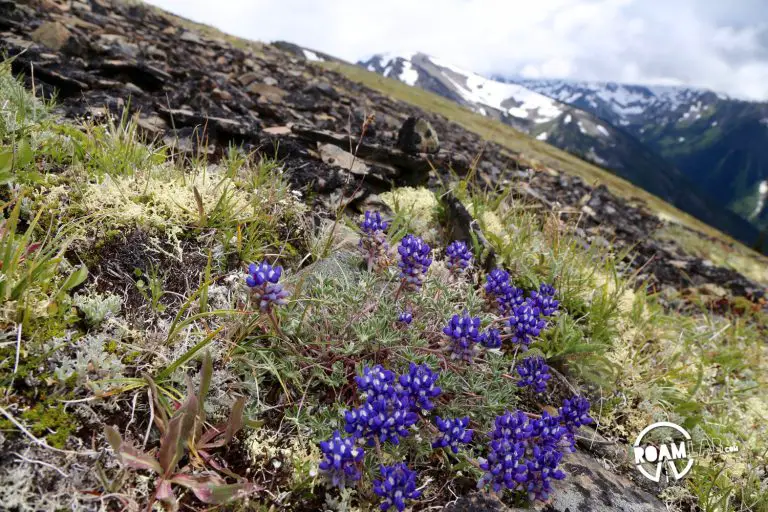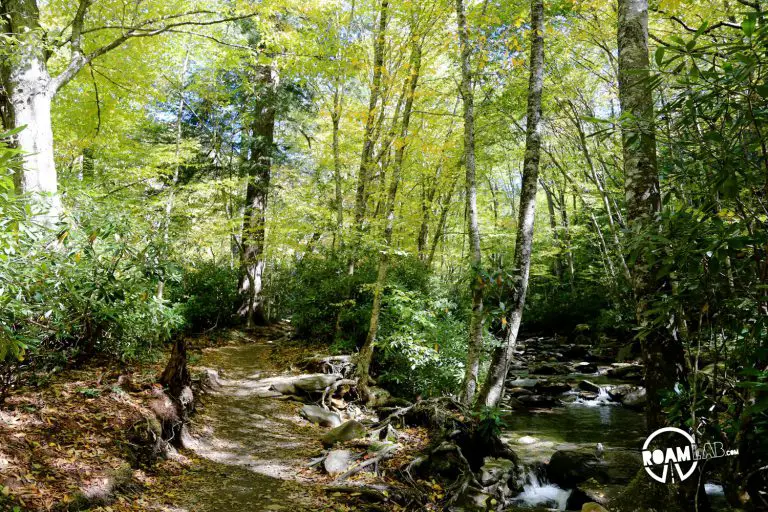Five Lessons From The Road

It’s been almost two years since I quit my job and we moved out of our apartment to live on the road in an ’86 Dodge Ram commuter van. Since then, we have transitioned into a truck and visited over…
We have zig-zagged across the country and, boy-oh-boy, do we have some gems to share! Browse campsites, off-road trails, scenic outlooks, oddities, museums, hiking trails, and more.

It’s been almost two years since I quit my job and we moved out of our apartment to live on the road in an ’86 Dodge Ram commuter van. Since then, we have transitioned into a truck and visited over…

Check out any Tennessean's driver's license and you might notice holographic music notes. Nashville is the Music City, complete with the Grand Ole Opry, a street of honkey tonks, and many a music museum. Yet, towering along side the Nashville Convention Center, shaped like a bass clef with a keyboard inspired facade, is the mecca of country music history: the Country Music Hall of Fame and Museum.

I like art and I like the outdoors. Lets bring those hands together at the Cheekwood Botanical Garden and Museum of Art.

There are several ways to approach the breathtaking waterfall of Cummins Falls State Park. One can stroll to the scenic vista. There is the relaxed trail to the top of the falls. Or, one can take on a mile long trudge through a creek to the base of the falls. My feet are wet, so you can guess which way we took.

Roughly half way between Nashville and Knoxville, Tennessee, a series of magnificent waterfalls bisect the state in a line running North to South. Given their position, they make for excellent day trips from both major cities in Tennessee.* We ventured out to hit as many as we could in one day. That number wound up being two. But they were an amazing two and were accompanied by pleasant hikes through the fall foliage. First stop was Burgess Falls State Park. Which has not one, but four beautiful waterfalls.

Tail of the Dragon is a biker's dream. We are their nightmare.

Alum Cave was first referenced in a land grant application by three North Carolina farmers in 1837. The resulting Epsom Salts Manufacturing Company mined alum, Epsom salt, saltpeter, magnesia, and copperas in the area until the salts were depleted in the mid 1840s. Today, it is part of the Great Smoky Mountains National Park and a popular destination along the Alum Cave Trail.

The hike to the Clingmans Dome Observation Tower Hike is a short but steep half mile hike with an 311 foot elevation gain. It is an incredibly popular path—old and young stop to catch their breaths at the many benches along the path. While we leaned into the incline and trudged up the steep path even we were huffing and puffing with the high elevation exercise.

It has been nearly a year since we last came to the Great Smoky Mountains National Park. The first time was specifically to enjoy fall, this time was a pleasant coincidence, returning from the Overland Expo.

The Blue Ridge Parkway stretches 469 miles along the crest of the Blue Ridge mountains between North Carolina and Virginia. The parkway was constructed to connect the Shenandoah National Park to the Great Smoky Mountains National Park. The resulting thoroughfare is it the longest road planned as a single unit in the United States and the longest linear park. Most any iconic shot of the Smoky Mountains was taken from along this route.